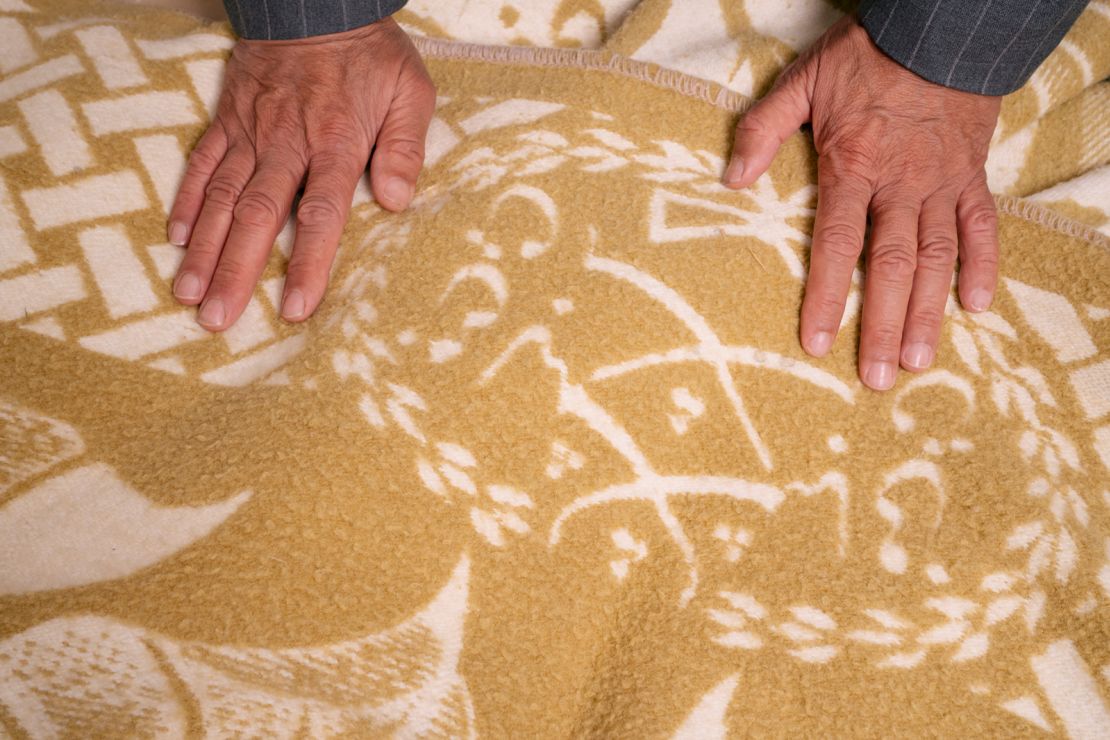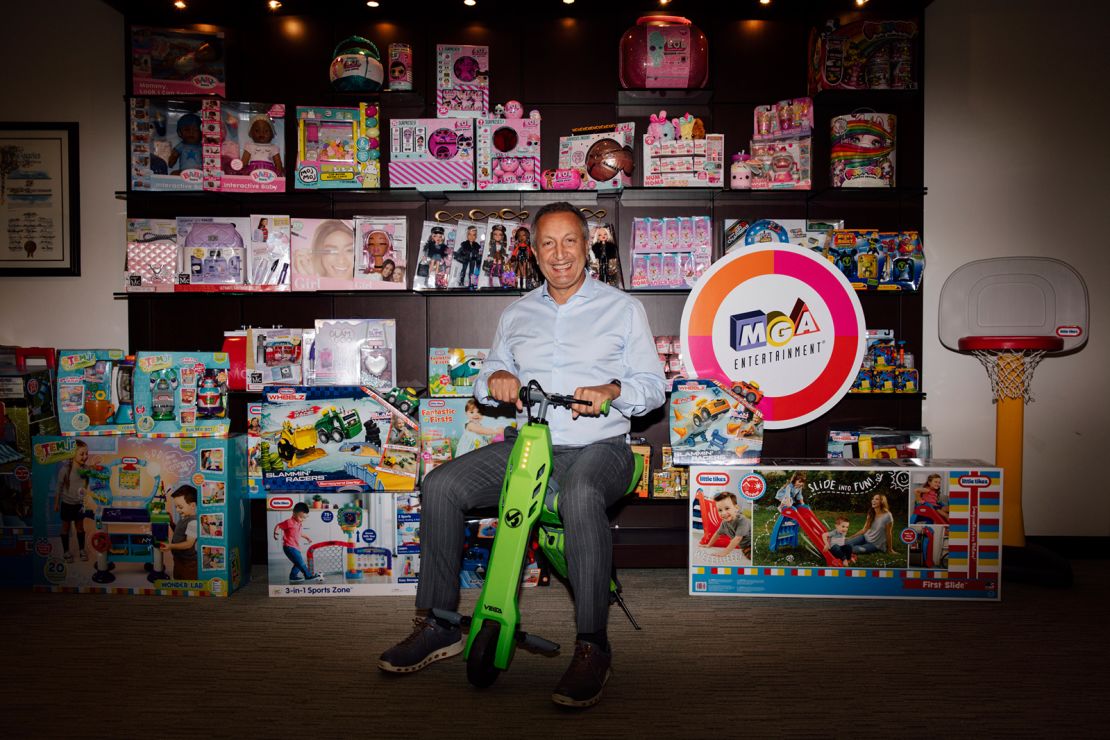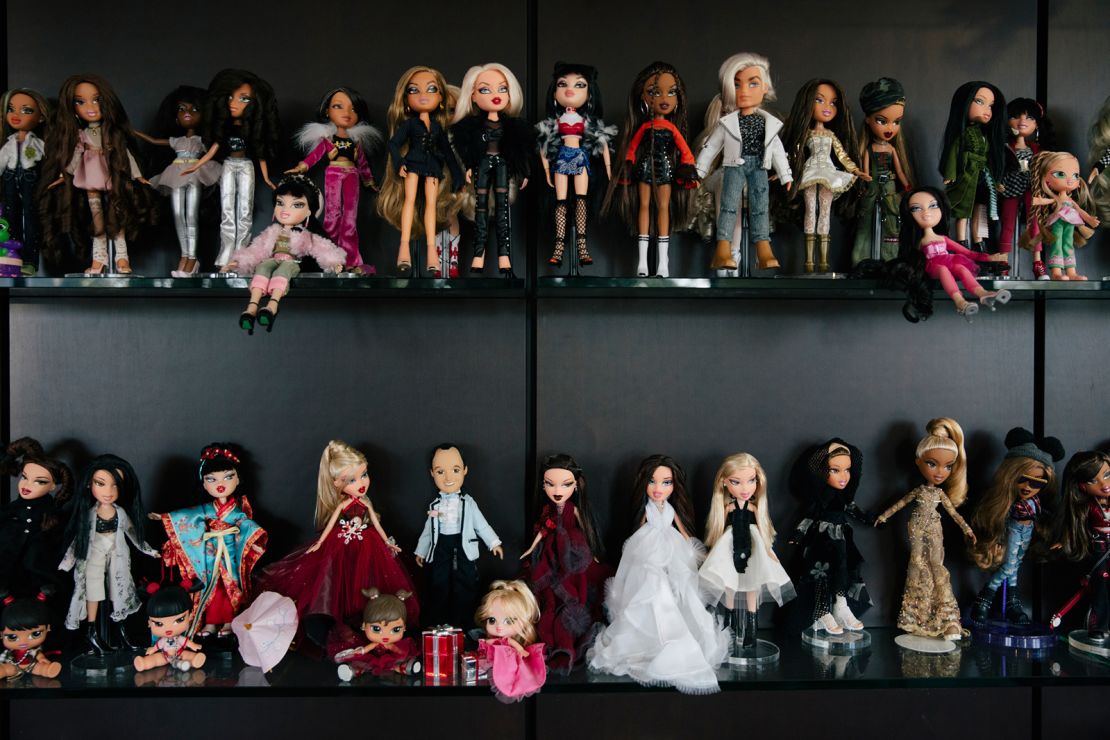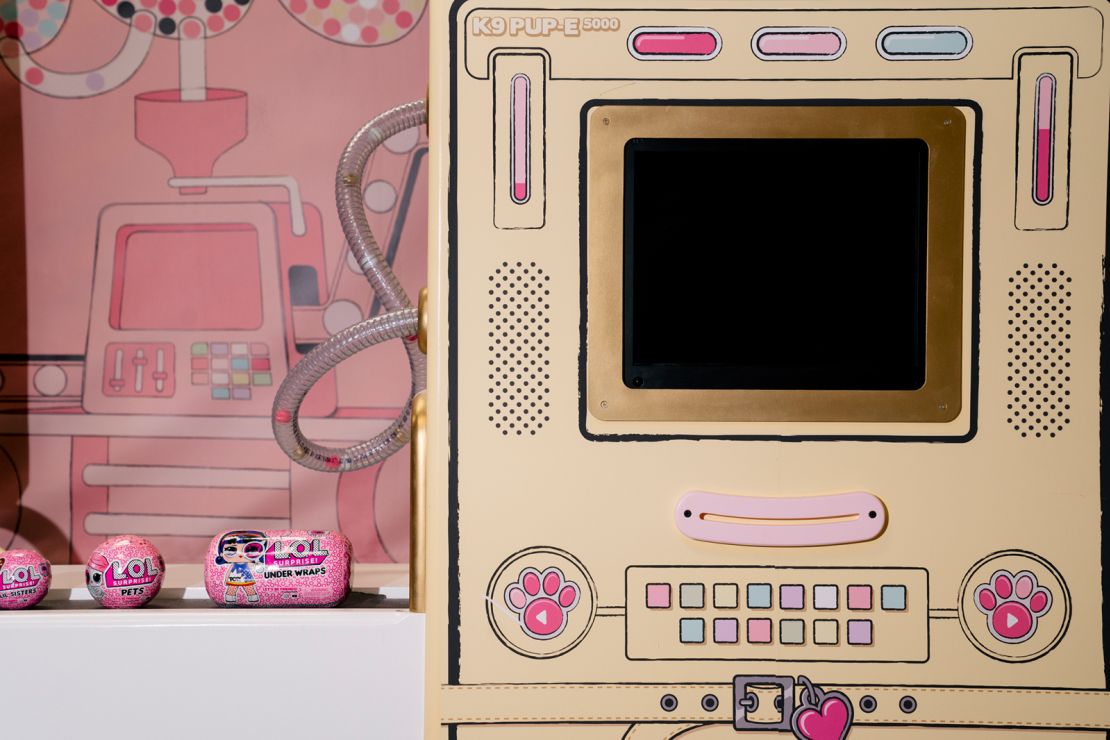In Isaac Larian’s Los Angeles office, there’s a crowded shelf of framed $1, $5 and $100 bills signed by people who have waged bets against him on a product’s success and have lost.
“We’re running out of room,” jokes Larian.
The 64-year-old billionaire founder and CEO of toy maker MGA Entertainment has notched some pretty big wins over the years, including the launch of the wildly popular Bratz dolls in 2001, the acquisition of the Little Tikes toy brand in 2006, and more recently, the release of the L.O.L. Surprise toys. But as much as he loves proving his naysayers wrong, defeat hits him equally hard.
It happened this past May when Larian lost his $675 million bid to acquire the remaining 200 Toys ‘R’ Us stores in the United States. Larian was hoping to save what was left of the company after it had filed for bankruptcy protection and announced it would be shutting or selling all of its stores.

But Toys ‘R’ Us’ creditors, who ended up with control of the company, rejected his offer, forcing Larian to withdraw. While the specifics of the decision were not disclosed, the creditors later said in a filing that they believed the company was worth more than the offer price.
“It really made me very sad. I was depressed,” says Larian. “We were very serious about the offer and spent thousands of dollars in time and effort negotiating.”
If the deal with Toys ‘R’ Us had gone through, Larian had planned to turn the stores into a “mini Disneyland-like experience.” “When my kids were young, we would take them on weekends to Toys ‘R Us. It wasn’t to buy something every time. It was for the joy of playing with toys,” says Larian.
In his vision, “kids could come to the stores, touch, play and experience the toys and have fun,” says Larian, who recently became a grandfather for the first time. “Parents wouldn’t have to buy something just to be there.”
But Larian hasn’t totally given up on the idea.
“Who knows? Maybe I will do it myself,” he says. “Now there is big opportunity there for someone else to come along and fill this gap left by Toys ‘R’ Us.”

From Tehran to Los Angeles
Larian grew up in the slums of Tehran where he didn’t get to have many of the experiences that he hopes to create for kids today.
His father had a small shop selling textiles and he put his son to work restocking inventory and collecting payments from customers.
“I was working since I was nine years old. I’d go to school, then to the shop, then do my homework and sleep. I really didn’t have much of a childhood other than that,” says Larian.
![[Clockwise from top left]: Larian at age 9 in Iran; with his cousin Joseph in 1975; in Utah in 1976; with his oldest son Jason in the early 1990s at the Consumer Electronics Show in Las Vegas; as founder and CEO of MGA; with his father in 1978.](https://media.cnn.com/api/v1/images/stellar/prod/181116135120-20181116-issac-larian-collage-gfx.jpg?q=w_1110,c_fill)
His one escape was to watch Hollywood movies. “That was my idea of America,” he says.
By the time he was 17, he convinced his parents to send him to the United States in search of better opportunities. They borrowed $753 from his uncles and bought him a one-way ticket to Los Angeles. It was 1971 and Larian arrived alone with a suitcase and a yellow blanket that his mother gave him.
“I was scared. I was still a child at 17,” says Larian. “I didn’t speak English and I had no place to stay … I would walk around the city crying and hungry because I was almost out of money and couldn’t find a job.”
With the help of a friend, he found an apartment. He eventually found work as a dishwasher at a coffee shop earning $1.65 an hour. He would later become a busboy, then a waiter.
After saving for almost a year, Larian enrolled part-time at Los Angeles Southwest College, a local community college.

“I took classes at the college and like many immigrants picked up on American [English] by clichés through watching television and movies,” he says. He later transferred to California State University.
Larian graduated in 1978 from California State University with a civil engineering degree, but he soon realized he had other ambitions.
“I knew I was meant to be an entrepreneur. It’s what I learned working in my father’s shop in Iran,” says Larian.
‘Fortune favors the bold’
Larian soon launched a small mail-order business called Surprise Gift Wagon that sold imported decorative brass products from Asia.
“I was working out of my apartment,” he says. “In about nine months, my sales were about $30,000.”

Shortly afterward, he also started selling imported electronics, such as handheld video games. By the late 1980s, the company became the first official distributor of Nintendo’s Game and Watch handheld videogames in the US and Larian changed the company’s name to Micro Games of America. By the late 1990s, the company’s portfolio of products had expanded even further and the company’s name was changed again to MGA Entertainment.
It was around this time that a toy inventor named Joe Trushus showed Larian a prototype of a talking doll. In 1997, the Singing Bouncy Baby doll became the first toy hit for the company.
But Larian’s biggest breakthrough came in 2001 with the launch of Bratz dolls. In just five years, the dolls turned into a billion-dollar global phenomenon with fans dubbing the edgy, multi-ethnic Bratz as the “anti-Barbie.” At its peak, Bratz accounted for as much as 75% of MGA’s total sales, says Larian.

But Bratz’s success was stymied by a legal battle with Mattel over who owned the brand. Mattel claimed the inventor, Carter Bryant, developed the idea for Bratz when he was still a Mattel employee. During the protracted legal battle, the court said MGA was not allowed to sell the doll, which hurt the company’s sales.
A jury ultimately ruled in MGA’s favor in 2011 and the company began to sell Bratz again.
This past summer, Larian also offered to buy rival Mattel, but the toymaker dismissed the idea. In letters exchanged with outgoing Mattel Chairman Christopher Sinclair, Larian suggested a merger of the two companies for an undisclosed price.
“The Mattel board unanimously concluded that this proposal is not in the best interests of Mattel and its shareholders,” Sinclair said in response to Larian. “Mattel is not interested in further discussing the matter with you.”

Since the legal tussle with Mattel ended, MGA has expanded its portfolio. It is now the largest privately-held toy company in the US and generates annual sales of more than $1 billion, according to Larian. The company is also profitable but Larian declined to disclose its profits.
Looking back at his entrepreneurial journey, Larian is reminded of a favorite saying. “Fortune favors the bold,” he says.
“I can do whatever I want. And what I want is to keep innovating. Innovation is what’s vital to our industry.”
